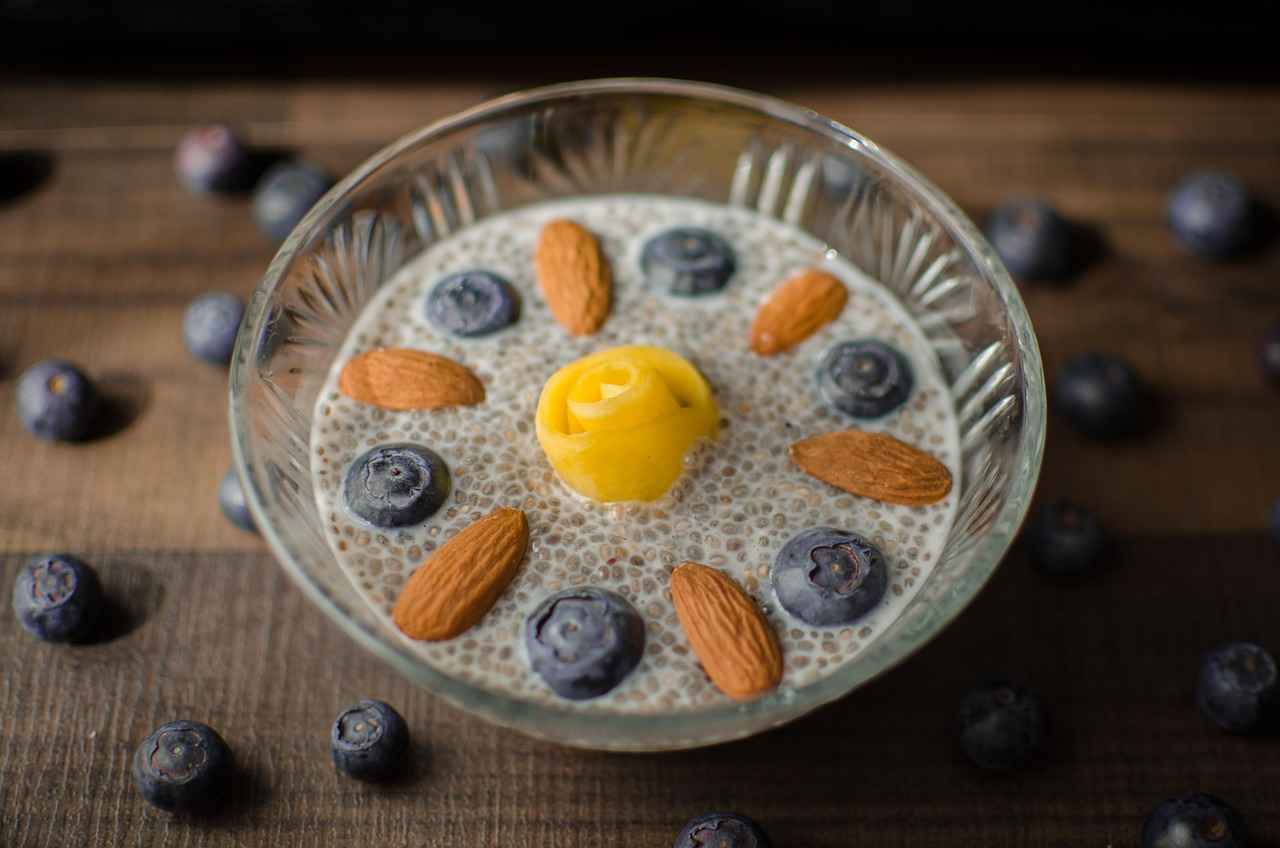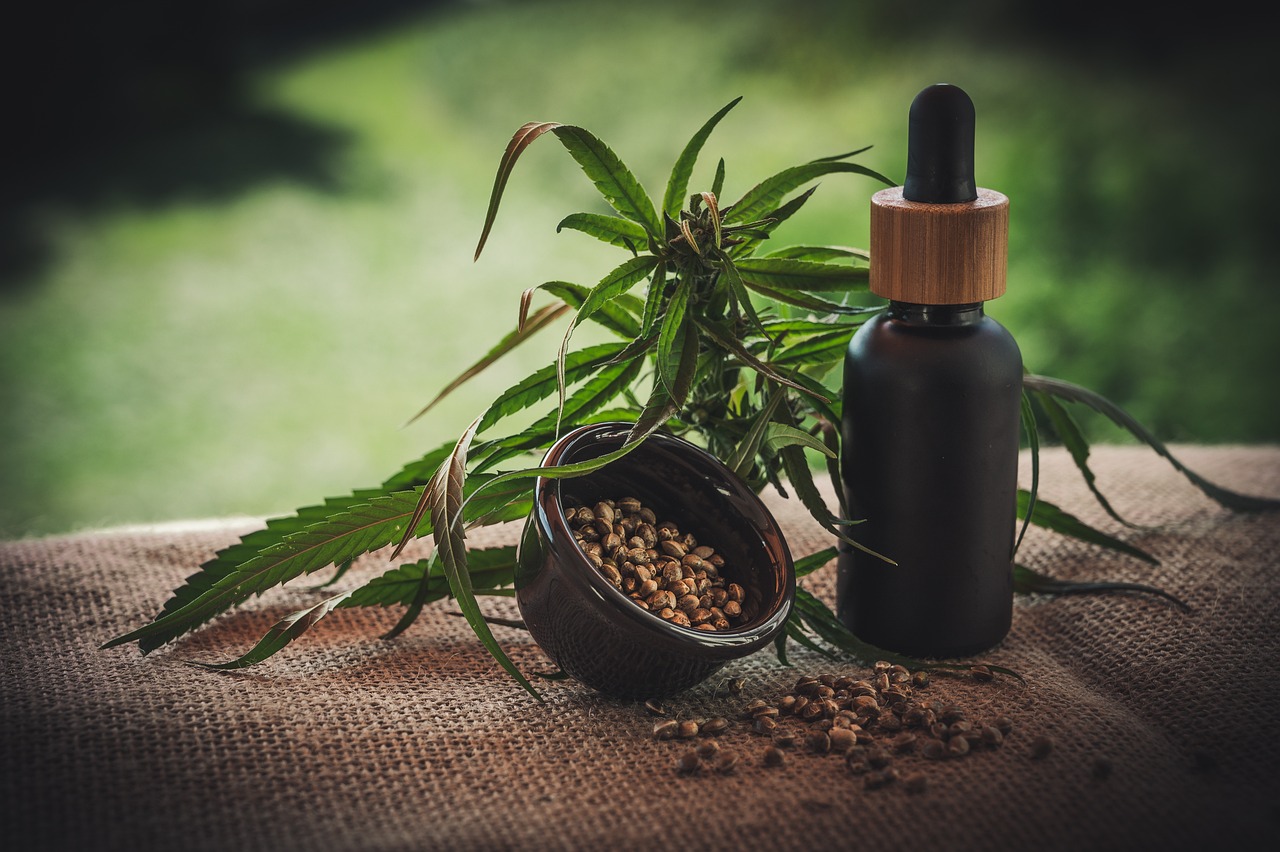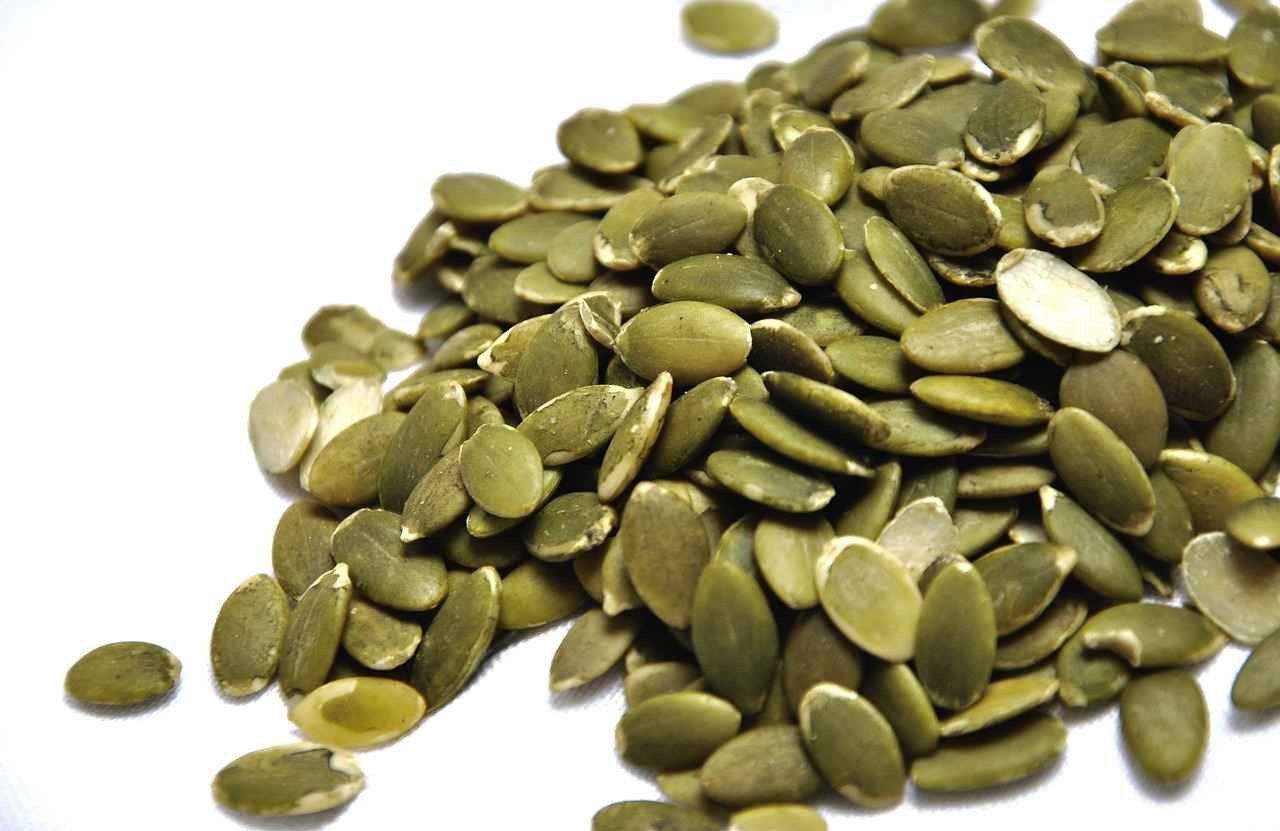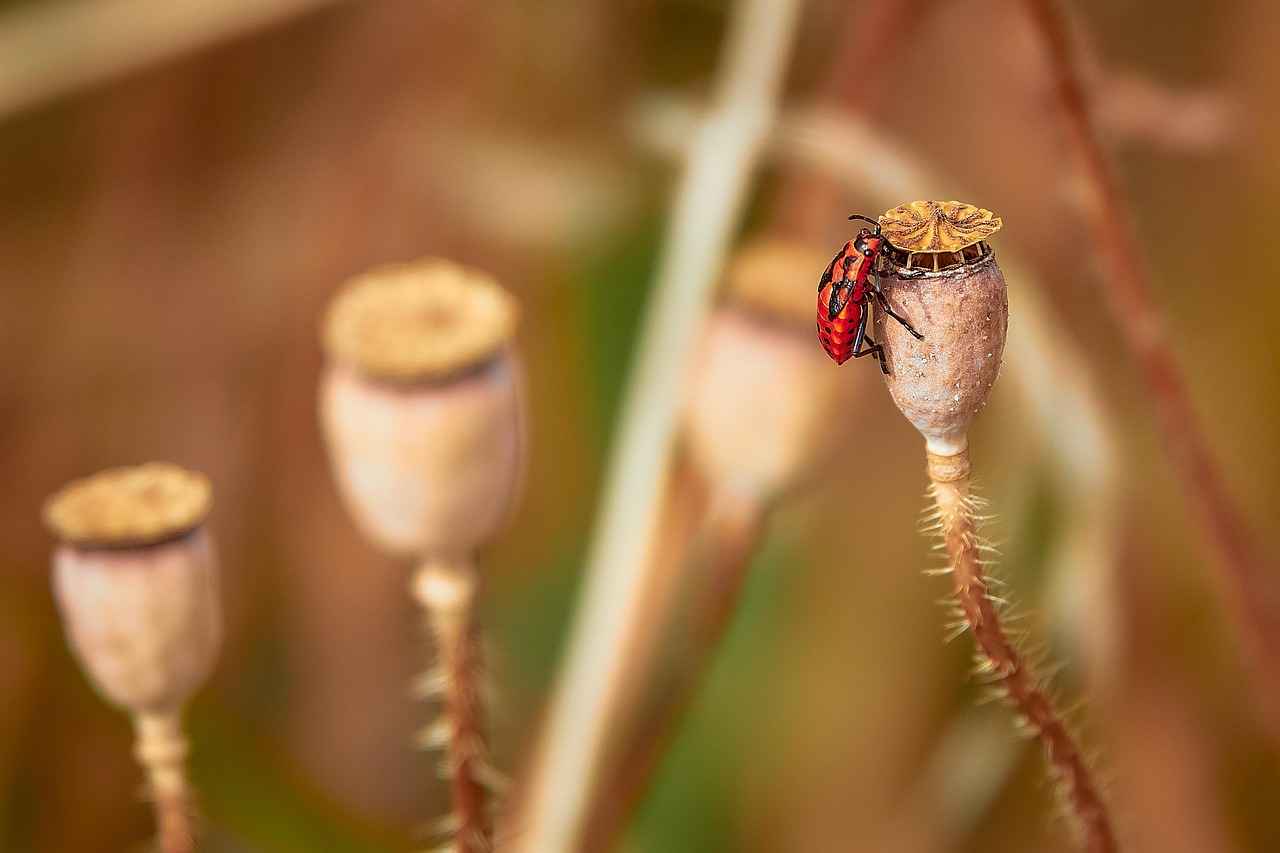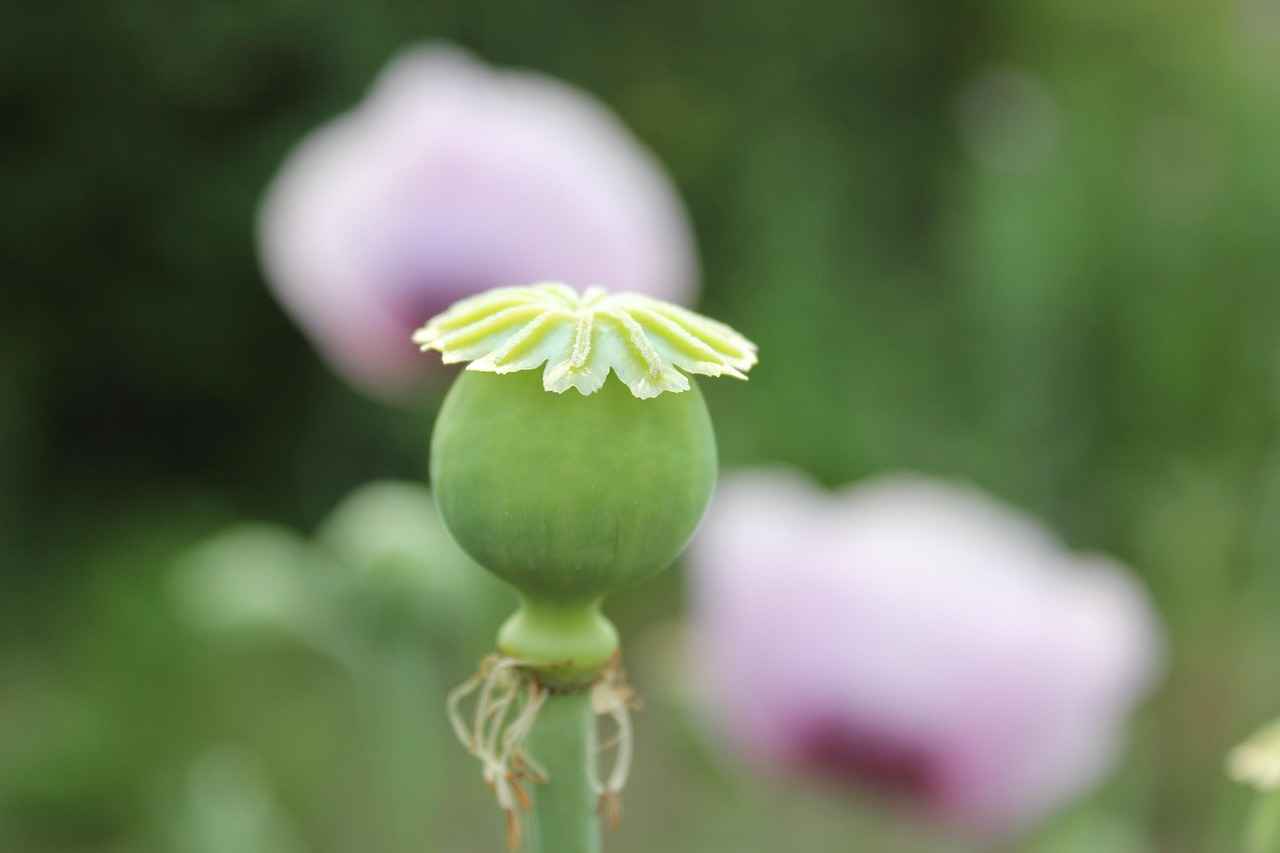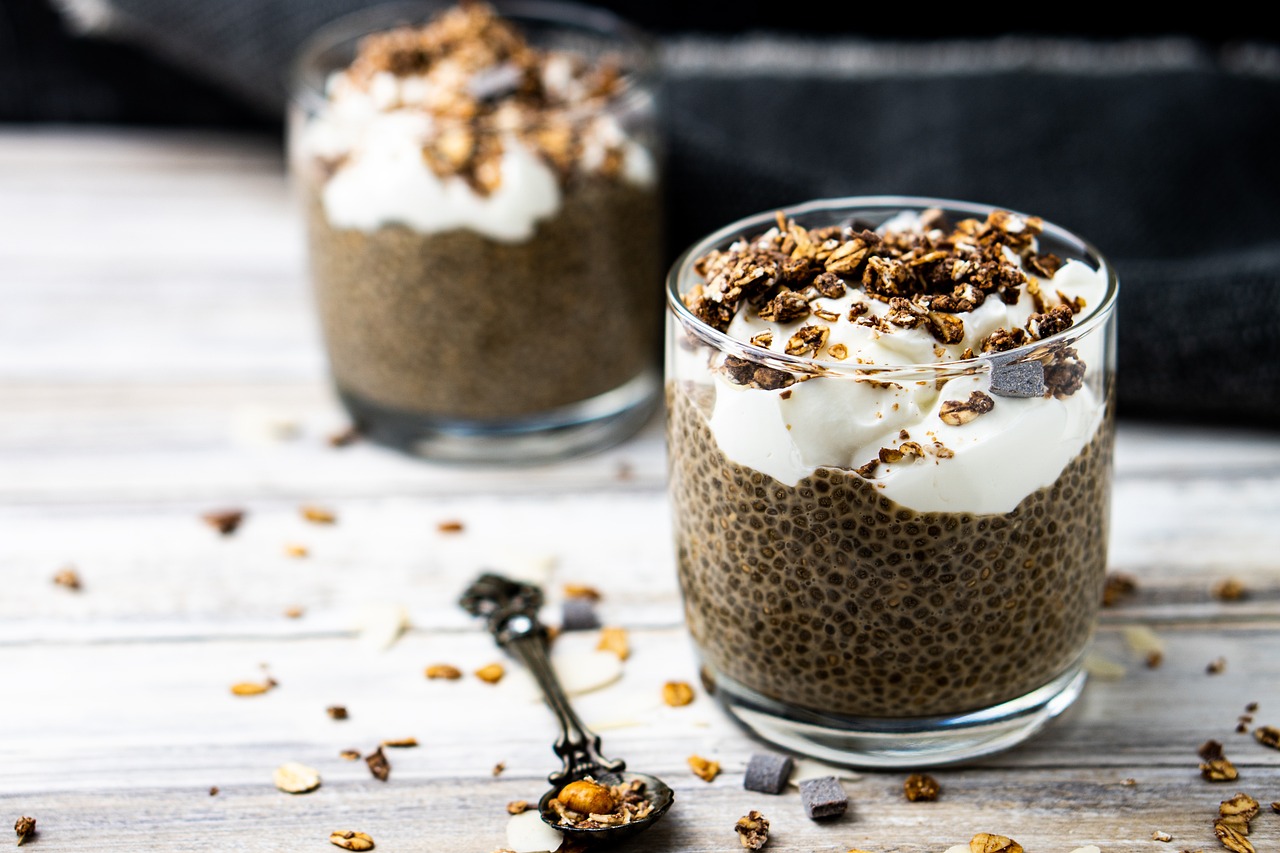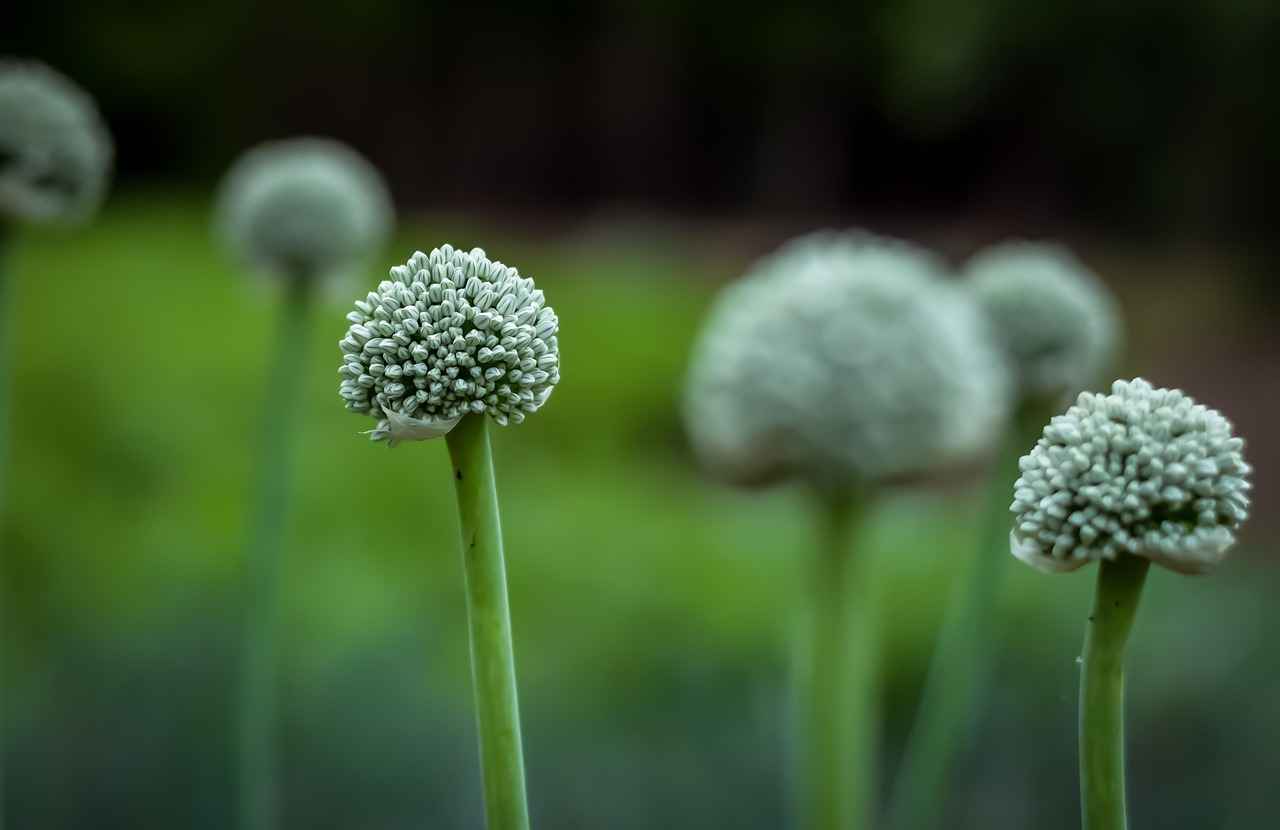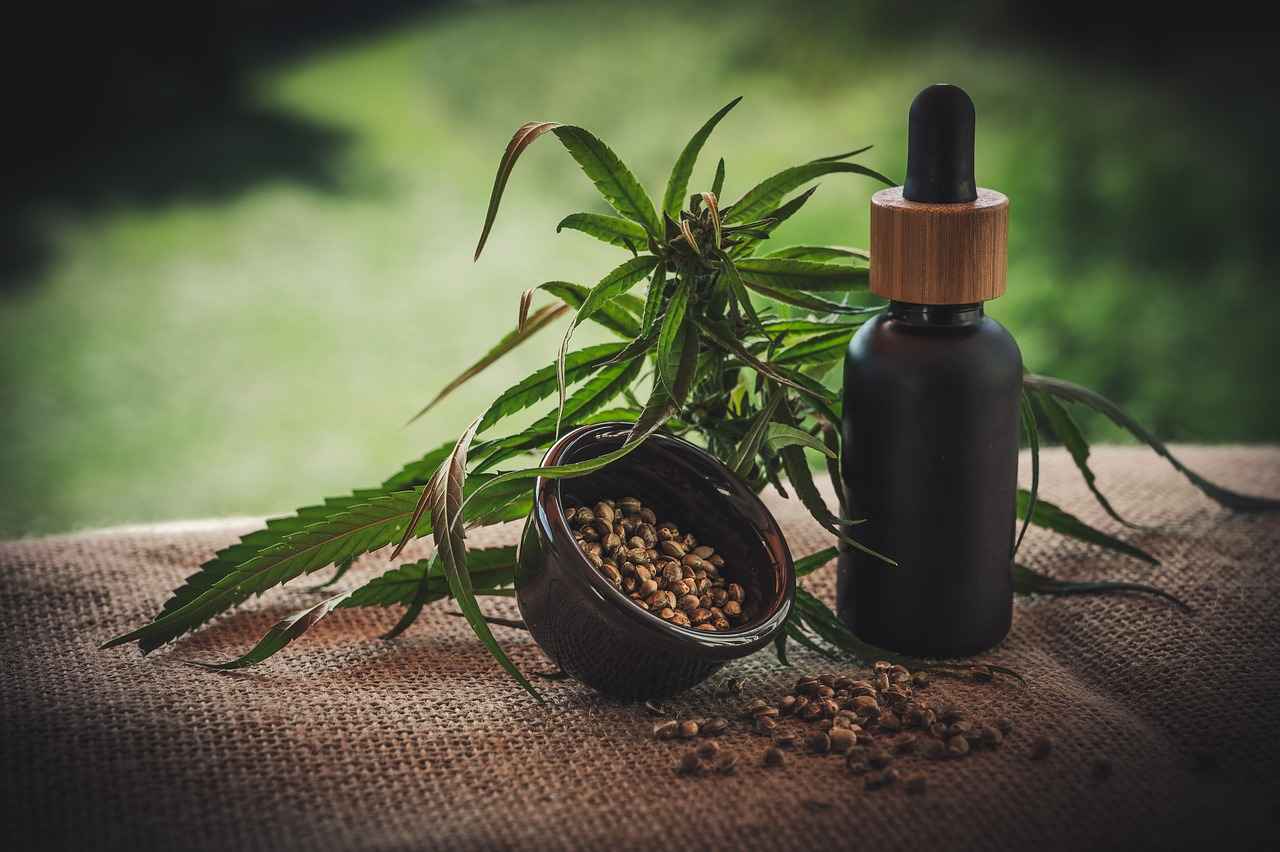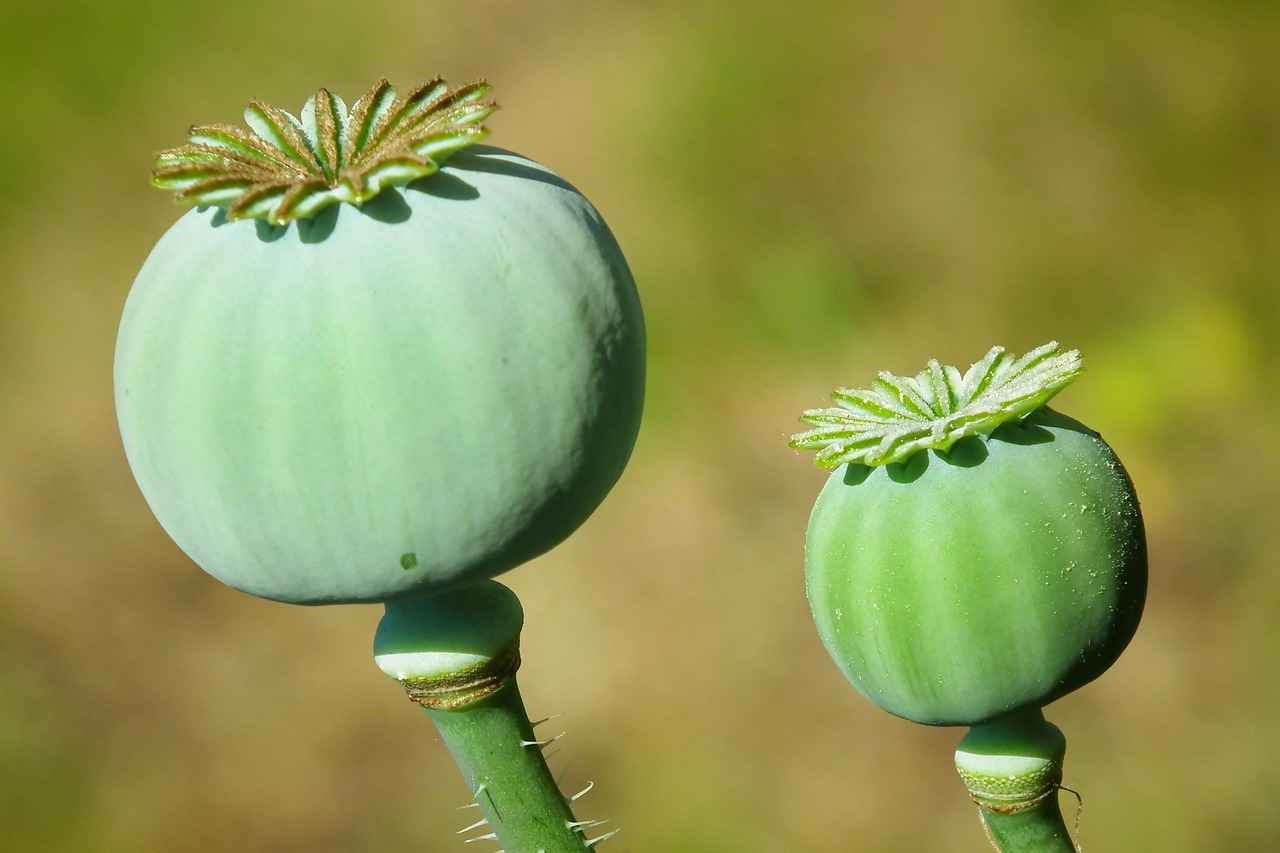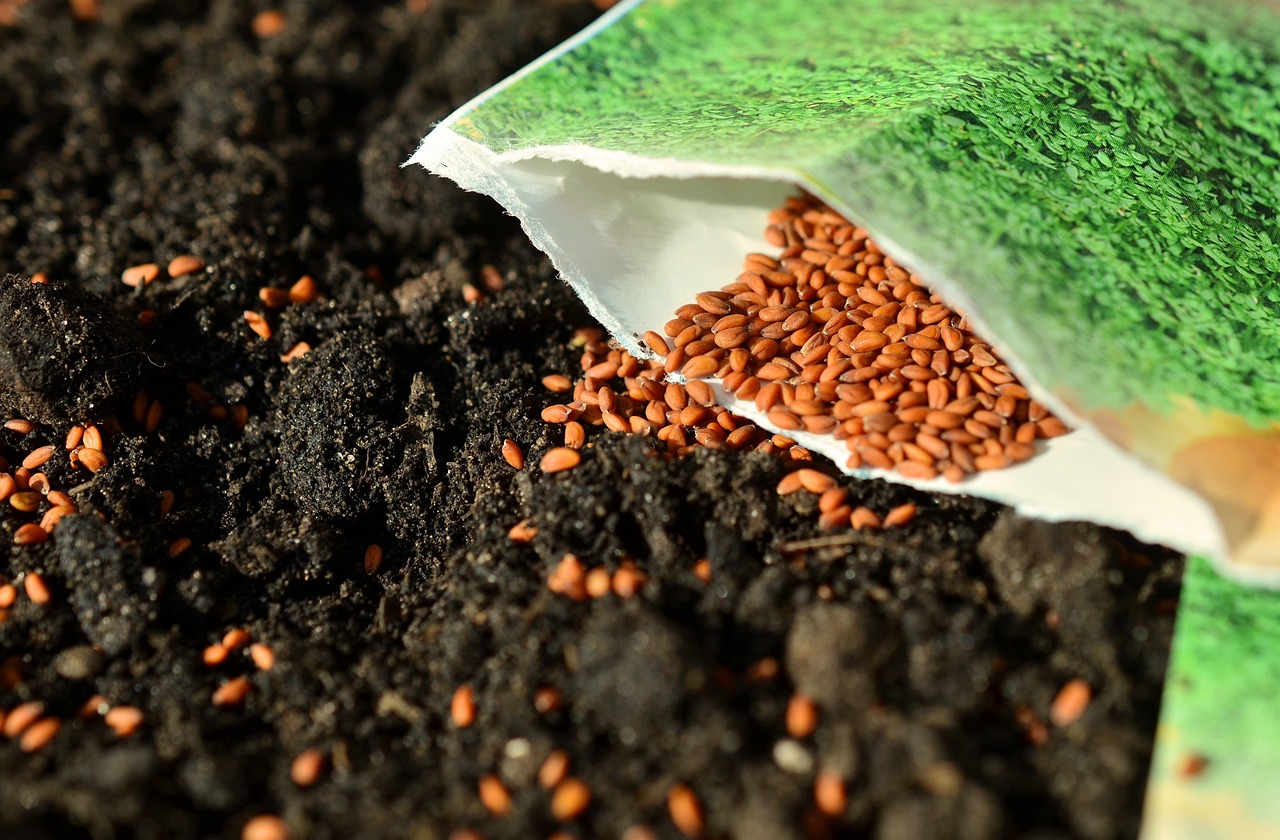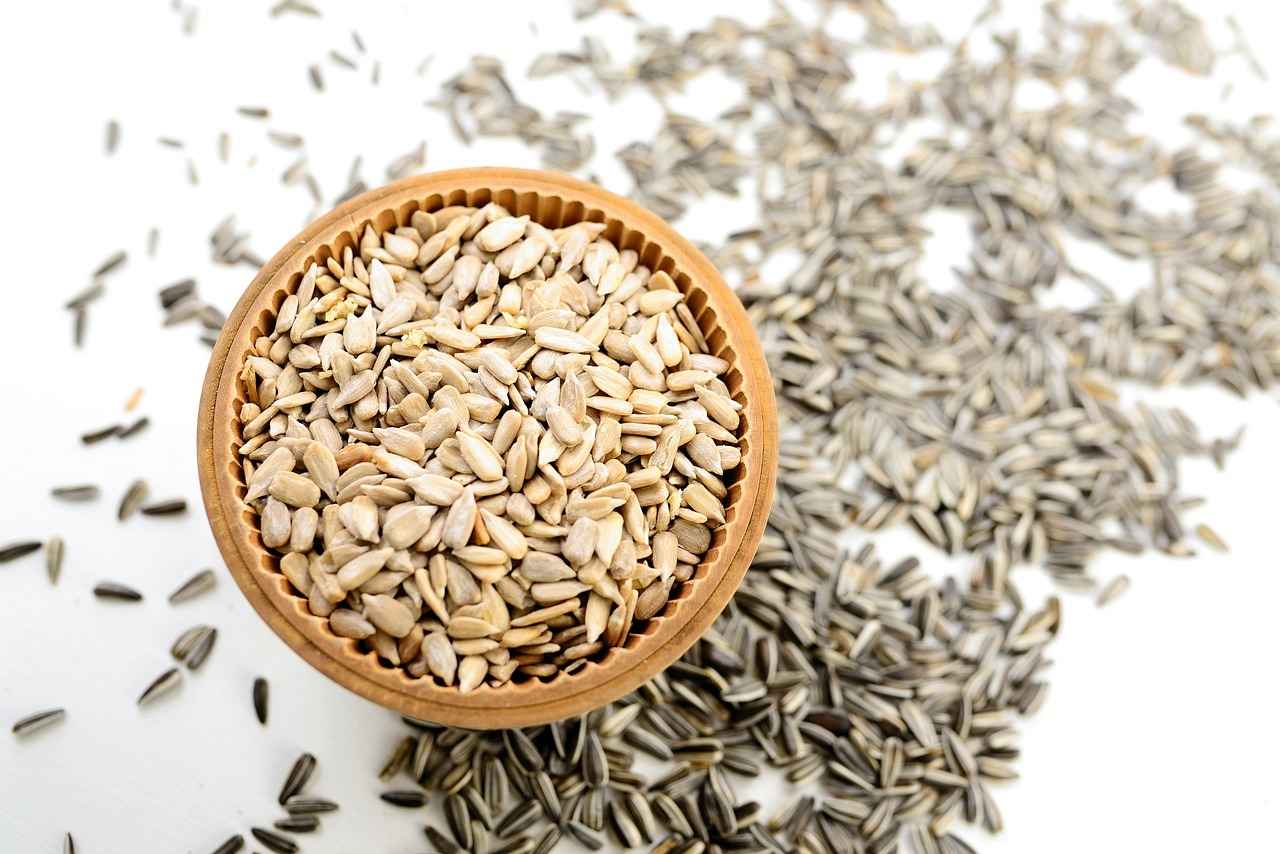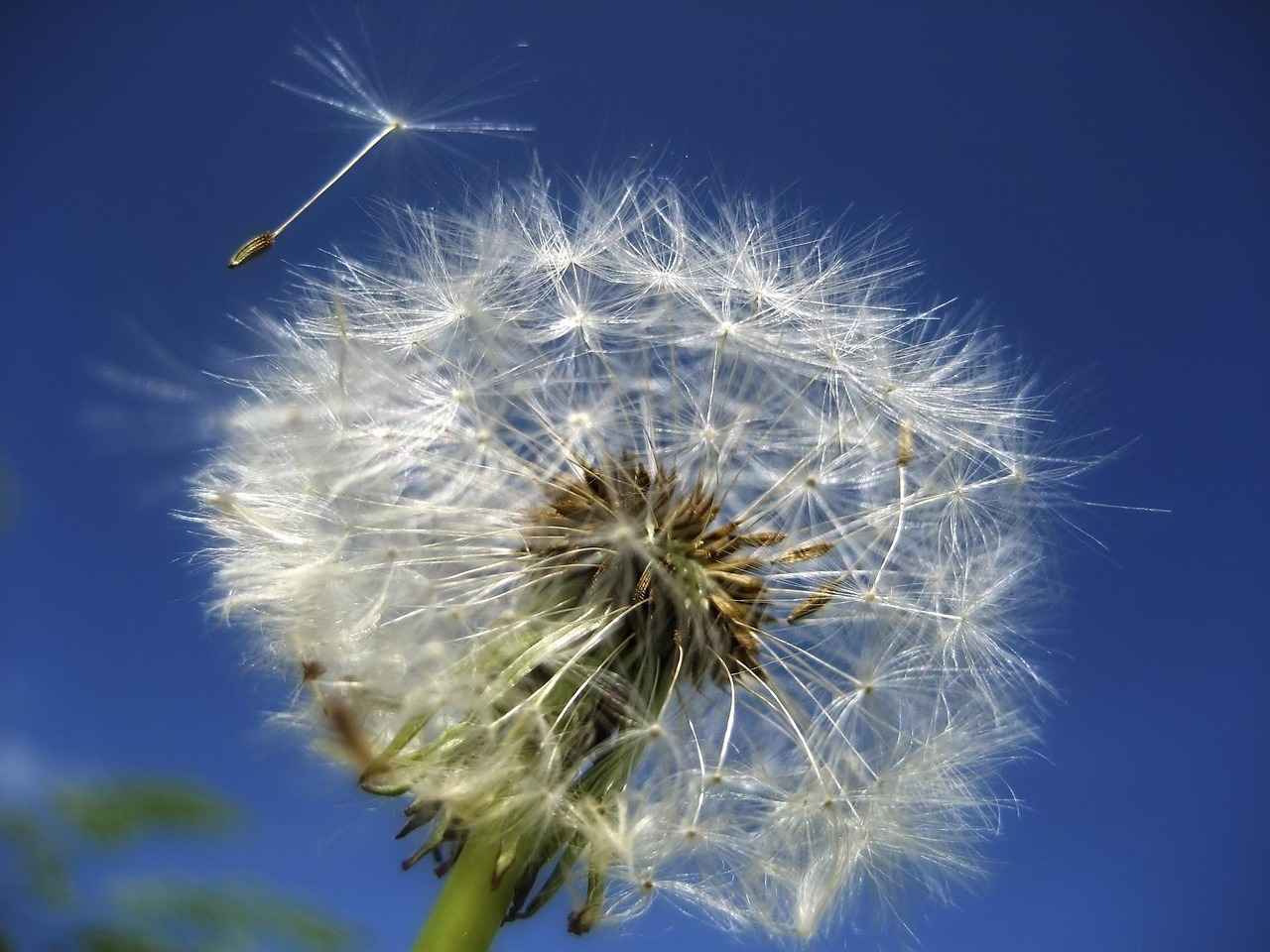Chia seeds have gained immense popularity in recent years, and for good reason. These tiny seeds are not only versatile but also packed with essential nutrients that can enhance your overall well-being. In this guide, we will explore how to cook with chia seeds, offering you easy and delicious ways to incorporate them into your meals for added nutrition and flavor.
Chia seeds are small, black seeds derived from the Salvia hispanica plant. They are a powerhouse of nutrition, containing omega-3 fatty acids, fiber, and protein. These nutrients contribute to heart health, improved digestion, and sustained energy levels. Just two tablespoons of chia seeds provide approximately 140 calories, 11 grams of fiber, and 5 grams of protein, making them an excellent addition to any diet.
Proper preparation is essential to enjoy the full benefits of chia seeds. The most common method is to soak them in water or milk, allowing them to absorb the liquid and expand. This process creates a gel-like consistency, enhancing their texture in various dishes. For every tablespoon of chia seeds, use about three tablespoons of liquid and let them sit for at least 15-30 minutes.
Chia seeds can be used in numerous recipes, from breakfast to dessert. Here are some popular options:
- Chia Seed Pudding: A delightful breakfast option, chia seed pudding can be made by mixing soaked chia seeds with your choice of milk and sweetener. Top with fruits, nuts, or granola for added flavor.
- Chia Seed Smoothies: Adding chia seeds to your smoothies boosts their nutritional profile. Blend your favorite fruits with yogurt or milk and a tablespoon of chia seeds for a refreshing drink.
Chia seeds can also act as a natural thickening agent in various dishes. When soaked, they create a gel that can be used in soups, sauces, and dressings. This not only improves the texture but also enhances the nutritional value of your meals.
Absolutely! Chia seeds can be incorporated into baked goods to add moisture and nutrition. They can be used as an egg substitute in recipes—mix one tablespoon of chia seeds with three tablespoons of water and let it sit until it forms a gel. This mixture can replace one egg in most recipes.
Creating homemade energy bars with chia seeds is a fantastic way to ensure you have a nutritious snack on hand. Combine oats, nut butter, honey, and chia seeds, then press the mixture into a pan and refrigerate until firm. Cut into bars for a quick energy boost.
Chia seed jam is a quick and healthy alternative to traditional jams. Simply combine mashed fruits with chia seeds and let the mixture sit until it thickens. This jam is not only delicious but also free from added sugars.
To maintain the freshness and nutritional value of chia seeds, store them in a cool, dry place, preferably in an airtight container. They can last for up to two years when stored properly.
While chia seeds are generally safe for most people, it’s essential to consume them responsibly. Start with small amounts, especially if you are new to them, to avoid digestive discomfort. Always drink plenty of water when consuming chia seeds, as they can absorb a significant amount of liquid.
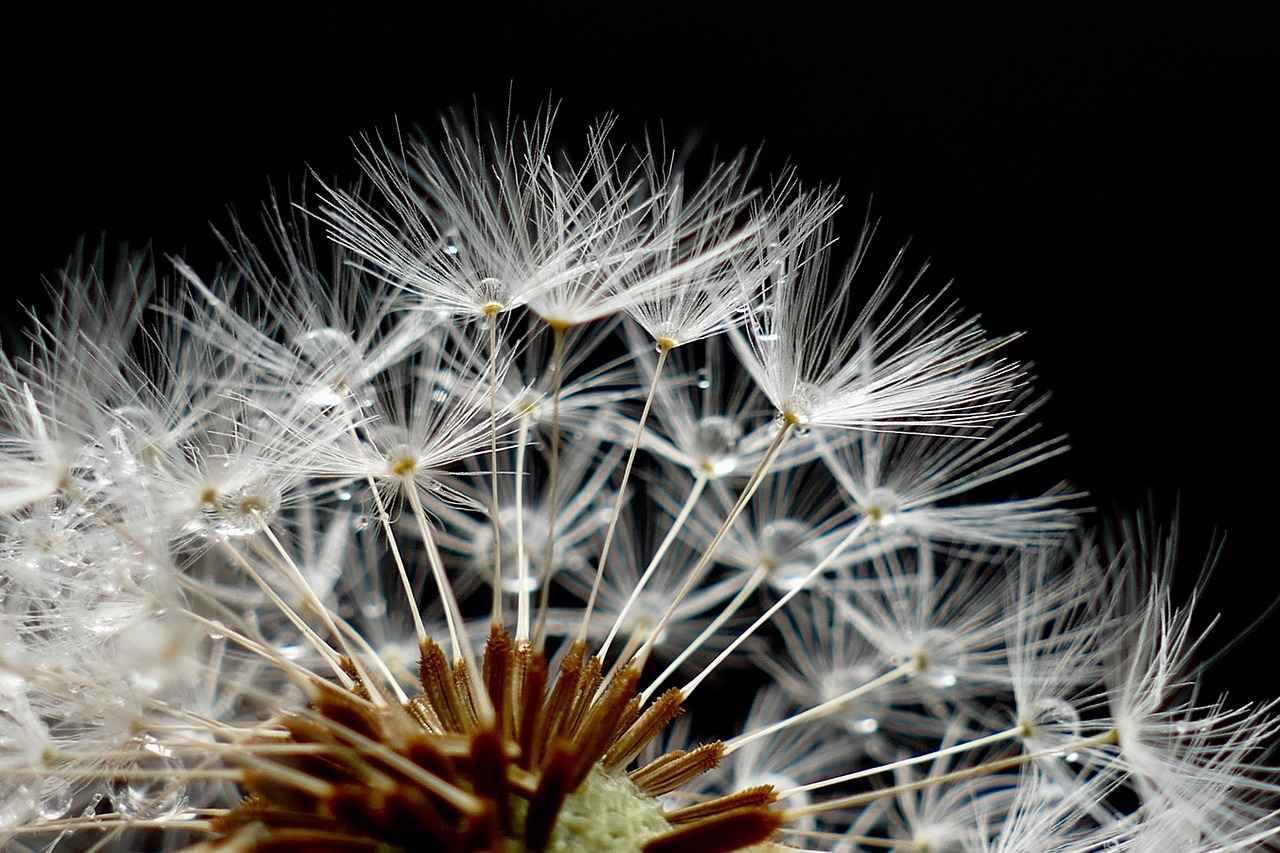
What Are Chia Seeds and Their Nutritional Benefits?
Chia seeds, derived from the Salvia hispanica plant, are tiny but mighty seeds that have gained immense popularity in recent years due to their impressive nutritional profile. These seeds are not only versatile in cooking but also packed with essential nutrients that can significantly enhance your diet. Understanding the health benefits of chia seeds can inspire you to incorporate them more frequently into your meals.
Rich in Omega-3 Fatty Acids
One of the standout features of chia seeds is their high content of omega-3 fatty acids. These healthy fats are crucial for heart health and have been linked to reduced inflammation in the body. Just a small serving of chia seeds can provide a substantial amount of your daily omega-3 needs, making them an excellent choice for those following a plant-based diet.
High in Fiber
Chia seeds are also an excellent source of dietary fiber. With approximately 11 grams of fiber in just two tablespoons, they can help promote digestive health, regulate blood sugar levels, and keep you feeling full longer. This fiber content can aid in weight management and support overall gut health.
Protein Powerhouse
In addition to healthy fats and fiber, chia seeds are a great source of plant-based protein. They contain all nine essential amino acids, making them a complete protein source. This is particularly beneficial for vegetarians and vegans looking to increase their protein intake without consuming animal products.
Rich in Antioxidants
Chia seeds are loaded with antioxidants, which help combat oxidative stress in the body. Antioxidants are vital for protecting your cells from damage caused by free radicals, potentially reducing the risk of chronic diseases.
Mineral Content
These tiny seeds are also rich in essential minerals such as calcium, magnesium, and phosphorus. Calcium is crucial for bone health, while magnesium plays a role in over 300 biochemical reactions in the body. Incorporating chia seeds into your diet can help you meet your daily mineral requirements.
Hydration Benefits
Chia seeds have the unique ability to absorb water, swelling up to 10-12 times their weight. This property not only aids in hydration but can also enhance the texture of various dishes, making them a great addition to smoothies, puddings, and baked goods.
How to Incorporate Chia Seeds into Your Diet?
- Add them to smoothies for a nutrient boost.
- Use them in baking as a substitute for eggs or flour.
- Mix them into yogurt or oatmeal for added texture and nutrition.
- Prepare chia seed pudding by soaking them in milk or plant-based alternatives overnight.
In summary, chia seeds are a nutritional powerhouse that can easily be integrated into various meals. Their health benefits, ranging from heart health to digestive support, make them a valuable addition to any diet. By understanding their nutritional benefits, you can make informed choices about how to use chia seeds in your cooking, ultimately enhancing both the flavor and healthiness of your meals.
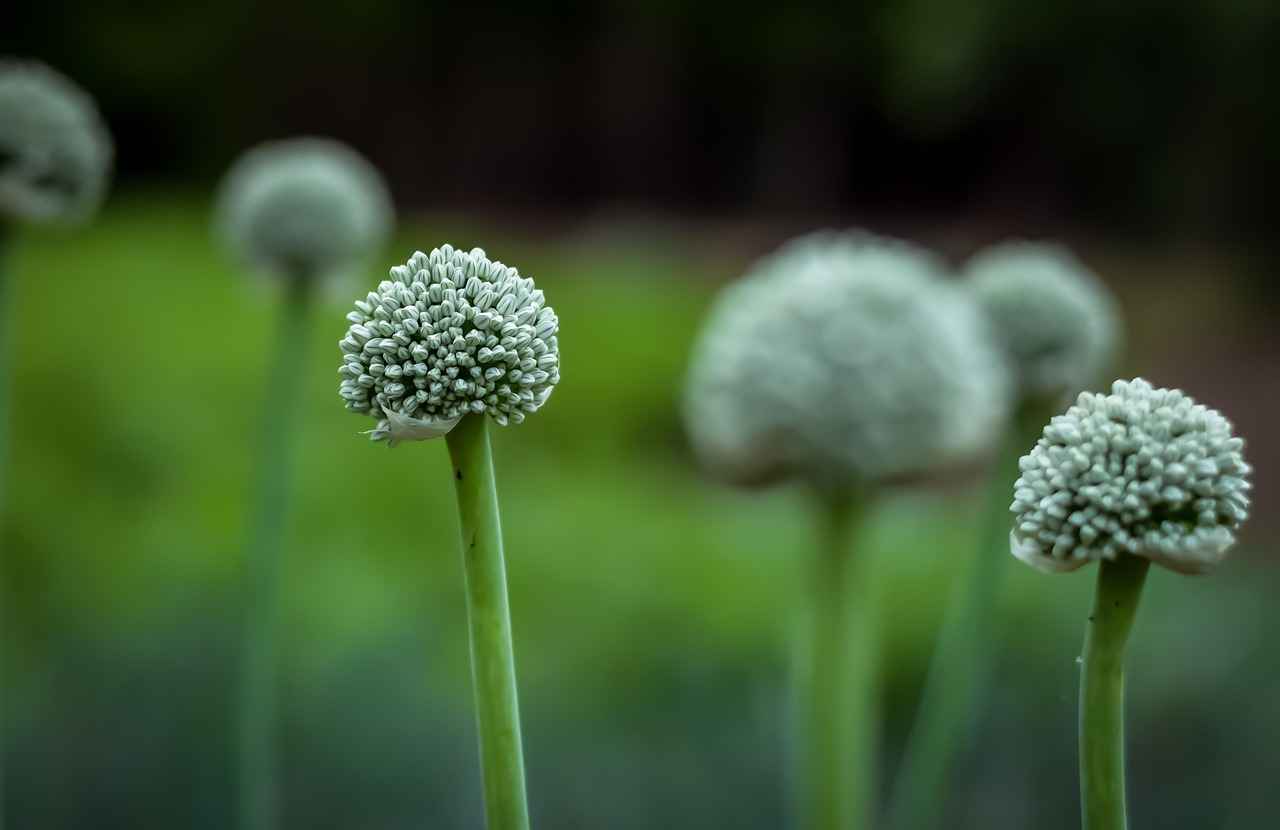
How to Prepare Chia Seeds for Cooking?
Chia seeds are not just a trendy superfood; they are a powerhouse of nutrition that can enhance your meals in various ways. However, to fully enjoy their benefits, proper preparation is essential. This guide will delve into the best methods for soaking and hydrating chia seeds, ensuring that you maximize their texture and nutritional value in your dishes.
Soaking chia seeds is a crucial step that transforms their texture and makes them easier to digest. When soaked, these tiny seeds can absorb up to 12 times their weight in water, creating a gel-like consistency that can enhance the mouthfeel of your recipes.
- Basic Soaking Method: Combine 1 part chia seeds with 4 parts liquid (water, almond milk, or coconut milk) in a bowl or jar. Stir well and let it sit for at least 30 minutes or overnight in the refrigerator.
- Quick Soak Method: If you’re short on time, mix chia seeds with warm water and let them sit for about 10-15 minutes. This will create a similar gel-like texture, although the seeds may not be as fully hydrated.
Soaking chia seeds not only improves their texture but also increases their bioavailability. This means that your body can absorb more nutrients from them. Chia seeds are rich in omega-3 fatty acids, fiber, and protein, all of which contribute to a balanced diet. When they are properly prepared, you can enjoy their full health benefits.
Once your chia seeds are soaked, they can be easily added to various dishes:
- Smoothies: Blend soaked chia seeds into your favorite smoothie for a nutritional boost.
- Oatmeal: Stir them into your morning oatmeal for added texture and health benefits.
- Baking: Incorporate soaked chia seeds into baked goods such as muffins or bread for moisture and nutrition.
- Experiment with Flavors: Add spices or sweeteners to the soaking liquid to infuse flavor.
- Store Properly: Once soaked, chia seeds can be stored in the refrigerator for up to a week. Make sure to keep them in an airtight container.
- Monitor Consistency: Adjust the liquid-to-seed ratio to achieve your desired thickness for different recipes.
In summary, the proper preparation of chia seeds is vital to enjoy their full range of benefits. By soaking them correctly, you enhance both their texture and nutritional profile, making them a versatile ingredient in various dishes. Whether you’re adding them to smoothies, baking, or enjoying them as a pudding, these tiny seeds can make a big impact on your health.

What Are the Best Recipes Using Chia Seeds?
Chia seeds are not only a nutritional powerhouse but also an incredibly versatile ingredient that can enhance a wide array of dishes. Whether you’re looking to boost the health benefits of your meals or simply want to experiment with new textures and flavors, chia seeds can be a perfect addition. In this section, we will explore some of the best recipes using chia seeds that are both easy to make and delicious.
Chia seed pudding is a delightful and nutritious breakfast option that can be prepared in advance. To make it, simply combine 3 tablespoons of chia seeds with 1 cup of your favorite milk (dairy or plant-based). Stir well and let it sit in the refrigerator for at least 2 hours, or overnight for best results. You can sweeten it with honey or maple syrup and top it with fruits, nuts, or granola for added flavor and texture.
Adding chia seeds to your smoothies is an easy way to enhance their nutritional profile. Simply blend your favorite fruits with a handful of spinach, a banana, and a tablespoon of chia seeds. The seeds will absorb liquid and create a thicker consistency, making your smoothie even more satisfying. Try experimenting with different fruits and vegetables to find your perfect blend!
Making chia seed jam is an excellent way to enjoy a healthy spread without added sugars. To prepare it, mash up 2 cups of fresh or frozen fruit (like strawberries or blueberries) in a saucepan. Add 2 tablespoons of chia seeds and 1 tablespoon of honey or another sweetener. Cook over medium heat until the mixture thickens, about 10 minutes. Let it cool and store it in the fridge. This jam is perfect on toast or pancakes!
Creating your own energy bars with chia seeds is a fantastic way to ensure you have a nutritious snack on hand. Combine 1 cup of oats, 1/2 cup of nut butter, 1/4 cup of honey, and 1/4 cup of chia seeds. Mix well and press the mixture into a lined baking dish. Chill in the refrigerator for a couple of hours, then cut into bars. Feel free to customize them with nuts, dried fruits, or chocolate chips!
Chia seeds can also be incorporated into baked goods, providing moisture and a nutritional boost. For example, you can replace eggs in recipes by mixing 1 tablespoon of chia seeds with 3 tablespoons of water and letting it sit until it forms a gel. This chia egg can be used in muffins, pancakes, and breads. Additionally, consider adding chia seeds to your favorite cookie or brownie recipes for added texture and health benefits.
Chia seeds can act as a natural thickening agent in soups, sauces, and dressings. To use them, simply mix 1 tablespoon of chia seeds with 2 tablespoons of water and allow it to sit until it thickens. This mixture can be added to soups to create a heartier texture or to dressings for a creamy consistency without the need for dairy.
Incorporating chia seeds into your meals is not only easy but also a delicious way to enhance your overall health. With these recipes, you can enjoy the benefits of chia seeds while delighting your taste buds!
Chia Seed Pudding: A Simple Breakfast Option
Chia seed pudding has gained immense popularity as a nutritious breakfast option, thanks to its simplicity and versatility. This delightful dish is not only easy to prepare but also offers a wealth of health benefits. In this section, we will explore a basic recipe for chia seed pudding, along with several variations to cater to different tastes and dietary needs.
Chia seed pudding is made by soaking chia seeds in liquid, allowing them to absorb the moisture and expand, resulting in a creamy and satisfying texture. The seeds are rich in omega-3 fatty acids, fiber, and protein, making this pudding an excellent choice for a healthy breakfast or snack.
To make a basic chia seed pudding, you will need:
- 1/4 cup chia seeds
- 1 cup of your choice of milk (dairy or plant-based)
- 1-2 tablespoons sweetener (honey, maple syrup, or agave syrup)
- 1 teaspoon vanilla extract (optional)
Follow these simple steps:
- In a bowl, mix the chia seeds, milk, sweetener, and vanilla extract.
- Stir well to prevent clumping.
- Cover and refrigerate for at least 4 hours or overnight.
- Before serving, stir the pudding again and add your favorite toppings.
One of the best things about chia seed pudding is its adaptability. Here are some tasty variations you can try:
- Chocolate Chia Pudding: Add 2 tablespoons of cocoa powder to the basic recipe for a rich chocolate flavor.
- Fruit-Infused Pudding: Blend in mashed bananas, berries, or mango before refrigerating for a fruity twist.
- Nut Butter Delight: Stir in your favorite nut butter for added creaminess and protein.
- Matcha Chia Pudding: Mix in 1 teaspoon of matcha powder for a vibrant green color and an antioxidant boost.
Chia seed pudding is not just delicious; it also offers numerous health benefits:
- High in Fiber: Promotes digestive health and helps you feel full longer.
- Rich in Antioxidants: Protects your body from oxidative stress.
- Supports Heart Health: Omega-3 fatty acids contribute to cardiovascular wellness.
To ensure your chia seed pudding turns out perfectly every time, consider these tips:
- Use a whisk to mix the ingredients thoroughly, preventing clumps of chia seeds.
- Experiment with different liquids, such as coconut milk, almond milk, or yogurt.
- Let the pudding sit for at least 4 hours to achieve the ideal consistency.
In summary, chia seed pudding is a simple, nutritious, and versatile breakfast option that can be tailored to suit any palate. With its myriad of variations and health benefits, it’s no wonder this dish has become a favorite among health enthusiasts. Try incorporating it into your breakfast routine and enjoy the delicious flavors and health perks it has to offer!
Chia Seed Smoothies: Boosting Nutrition Effortlessly
Chia seeds are a powerhouse of nutrition, and incorporating them into your smoothies can significantly enhance their health benefits. These tiny seeds are rich in omega-3 fatty acids, fiber, and protein, making them an excellent addition to any smoothie recipe. In this section, we will explore how to effectively blend chia seeds into your favorite smoothies, ensuring you get the most out of their nutritional value.
Including chia seeds in your smoothies is not just about boosting nutrition; it’s also about improving texture and satiety. The seeds can absorb water and expand, creating a thicker consistency that can make your smoothie more filling. Here are some key benefits:
- Rich in Nutrients: Chia seeds are loaded with essential nutrients that support overall health.
- High Fiber Content: They promote digestive health and help you feel full longer.
- Plant-Based Protein: An excellent source of protein for those following a vegetarian or vegan diet.
To incorporate chia seeds effectively, consider the following tips:
- Soak Before Blending: Soaking chia seeds in water or your favorite plant-based milk for about 15 minutes before adding them to your smoothie can enhance their texture. This process allows them to swell and become gelatinous, making them easier to blend.
- Use the Right Ratio: A good starting point is to use about 1-2 tablespoons of chia seeds per smoothie. This amount provides significant nutritional benefits without overwhelming the flavor.
- Blend with Liquids: Always blend chia seeds with enough liquid to ensure they mix well. This helps prevent clumping and allows for a smoother texture.
- Pair with Flavorful Ingredients: Chia seeds have a mild flavor, so they pair well with fruits like bananas, berries, or mangoes. Combining them with ingredients like spinach or kale can create a nutrient-dense green smoothie.
Here are a couple of easy and tasty smoothie recipes that highlight the benefits of chia seeds:
- Berry Chia Smoothie: Blend 1 cup of mixed berries, 1 banana, 1 tablespoon of chia seeds, and 1 cup of almond milk for a refreshing and nutrient-packed drink.
- Green Chia Smoothie: Combine 1 cup of spinach, 1 banana, 1 tablespoon of chia seeds, and 1 cup of coconut water for a hydrating and energizing smoothie.
To maintain the freshness and nutritional quality of chia seeds, store them in a cool, dry place, preferably in an airtight container. This will help preserve their essential fatty acids and prevent them from going rancid.
Incorporating chia seeds into your smoothies is a simple yet effective way to enhance your diet. With their numerous health benefits and versatility, these tiny seeds can transform your favorite smoothie recipes into nutritious powerhouses.

How to Use Chia Seeds as a Thickening Agent?
Chia seeds, often hailed as a superfood, are not only nutritious but also incredibly versatile in the kitchen. One of their lesser-known uses is as a natural thickening agent. This property makes them a fantastic addition to various dishes, enhancing both texture and nutritional value. In this section, we will explore how to effectively use chia seeds as a thickening agent in soups, sauces, and dressings.
Chia seeds are unique because they can absorb up to 10-12 times their weight in liquid. When soaked in water or other liquids, they swell and form a gel-like consistency. This gel not only thickens your dishes but also adds a boost of fiber, omega-3 fatty acids, and protein. Using chia seeds as a thickening agent is an excellent way to improve the nutritional profile of your meals without compromising on flavor.
When adding chia seeds to soups, it’s essential to prepare them correctly. Here’s a simple method:
- Soak the Seeds: Combine 1 tablespoon of chia seeds with 3 tablespoons of water. Allow them to soak for about 10-15 minutes until they form a gel.
- Add to Soup: Stir the gel into your soup during the last few minutes of cooking. This will thicken the soup while also enriching it with nutrients.
- Blend for Smoothness: If you prefer a smoother texture, you can blend the soup after adding the chia gel.
Chia seeds can also enhance the texture of sauces. Here’s how:
- Prepare the Gel: Similar to the soup method, mix 1 tablespoon of chia seeds with 3 tablespoons of liquid (water, broth, or even vinegar) and let it sit until it thickens.
- Mix with Sauce: Add the chia gel to your sauce while cooking. It works particularly well in marinara or barbecue sauces, giving them a richer consistency.
Chia seeds are perfect for thickening dressings, making them creamier without the need for additional oils or emulsifiers.
- Create a Gel: For dressings, use a ratio of 1 tablespoon of chia seeds to 2 tablespoons of liquid. Let it sit until it thickens.
- Mix into Dressing: Whisk the chia gel into your favorite vinaigrette or creamy dressing. This not only thickens the dressing but also adds a delightful texture.
- Experiment with Ratios: Depending on the desired thickness, you may need to adjust the amount of chia seeds used.
- Consider Flavor: Chia seeds are relatively neutral in flavor, making them compatible with both savory and sweet dishes.
- Storage: If you prepare chia gel in advance, store it in the refrigerator for up to a week. Just give it a stir before using.
By incorporating chia seeds into your cooking as a thickening agent, you not only enhance the texture of your dishes but also boost their nutritional content. Whether you are making a hearty soup, a flavorful sauce, or a creamy dressing, chia seeds are an excellent choice for achieving the perfect consistency.
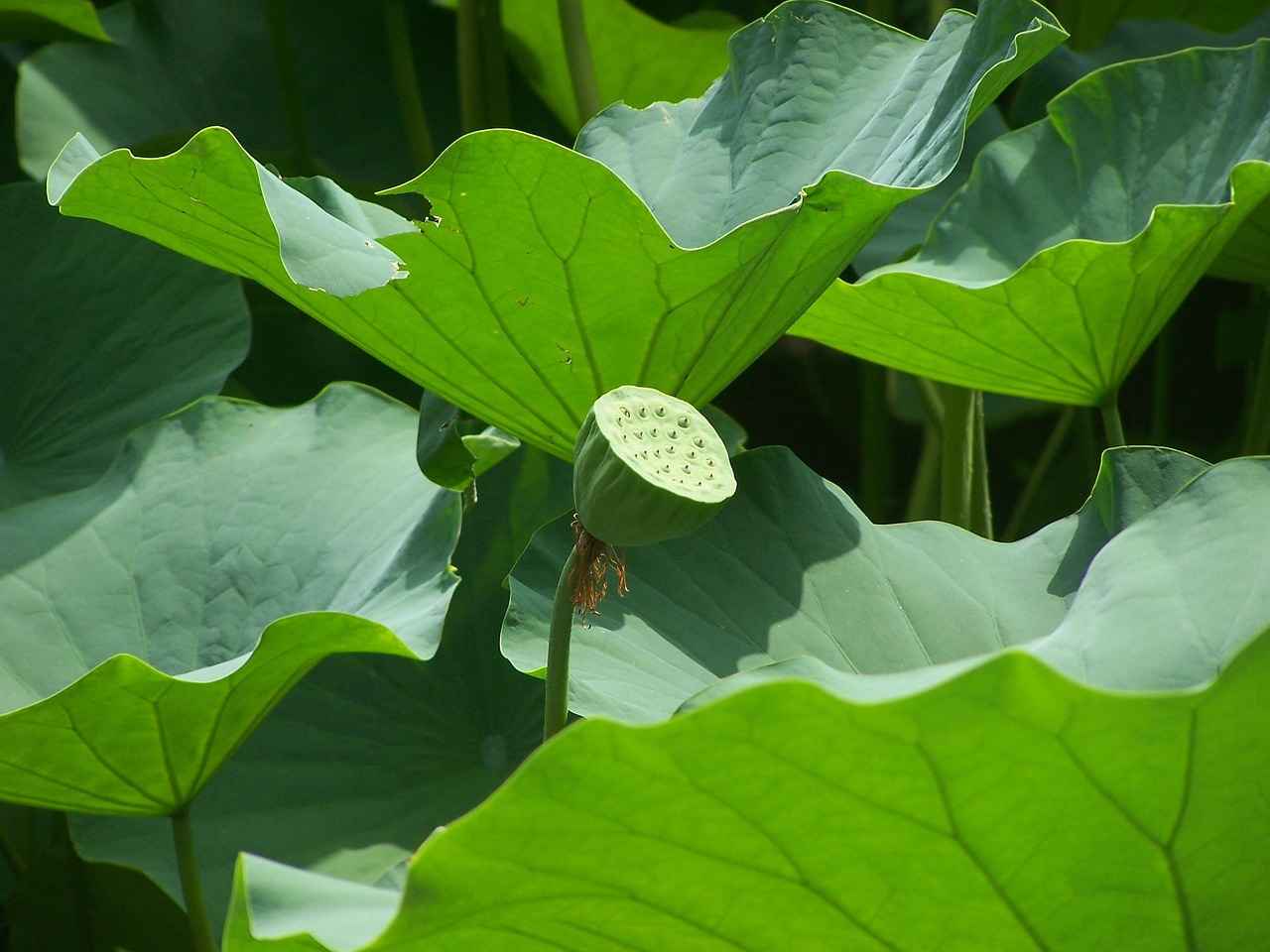
Can Chia Seeds Be Used in Baking?
Baking with chia seeds is a fantastic way to enhance both the flavor and nutritional profile of your favorite treats. These tiny seeds, packed with essential nutrients, can be easily incorporated into various baked goods, making them not only healthier but also more delicious. In this section, we will explore how to effectively substitute chia seeds in traditional recipes and the benefits they bring to your baking.
Chia seeds are known for their moisture-retaining properties, which can lead to softer and more flavorful baked goods. They are rich in omega-3 fatty acids, fiber, and protein, making them a valuable addition to any recipe. By using chia seeds, you can create treats that not only satisfy your sweet tooth but also contribute to a balanced diet.
When incorporating chia seeds into your baking, you can easily replace eggs or fats in many recipes. Here’s how:
- As an Egg Substitute: Mix 1 tablespoon of chia seeds with 2.5 tablespoons of water and let it sit for about 10-15 minutes until it forms a gel-like consistency. This mixture can replace one egg in your recipes.
- As a Fat Replacement: You can replace up to 25% of the fat in a recipe with chia seeds. For example, if a recipe calls for 1 cup of butter, you can use ¾ cup of butter and add ¼ cup of chia seeds for added health benefits.
Here are a few popular recipes that highlight the versatility of chia seeds in baking:
- Chia Seed Muffins: These muffins are moist and flavorful. Simply add chia seeds to your favorite muffin batter for an extra boost of nutrition.
- Chia Seed Bread: Incorporating chia seeds into bread recipes can enhance the texture and add a nutty flavor. Try adding them to whole grain or gluten-free bread recipes for a delightful twist.
- Chia Seed Cookies: Substitute some of the flour in your cookie recipe with ground chia seeds to create a unique flavor and a chewy texture.
Using chia seeds in your baking not only improves the taste but also adds numerous health benefits:
- Rich in Nutrients: Chia seeds are a great source of dietary fiber, which aids digestion and promotes a feeling of fullness.
- High in Antioxidants: They contain antioxidants that help protect your body from free radicals.
- Supports Heart Health: The omega-3 fatty acids in chia seeds can contribute to improved heart health.
To get the most out of your chia seeds in baking, consider the following tips:
- Grind Them: For enhanced absorption of nutrients, you can grind chia seeds before adding them to your recipes.
- Hydrate First: Always soak chia seeds in water or another liquid before adding them to your batter to ensure even distribution and optimal texture.
- Experiment: Don’t hesitate to experiment with different recipes and quantities to find the perfect balance for your taste.
In summary, baking with chia seeds is not only a simple way to add moisture and nutrition to your favorite treats, but it also opens up a world of new flavors and textures. By substituting chia seeds in traditional recipes, you can create healthier baked goods that everyone will love.
Chia Seed Energy Bars: A Healthy Snack Option
Chia Seed Energy Bars are not only a delicious snack but also a powerhouse of nutrition. These bars are perfect for anyone on the go, providing a quick energy boost without the guilt of processed snacks. With their unique texture and health benefits, incorporating chia seeds into your energy bars can elevate your snack game.
Chia seeds are rich in omega-3 fatty acids, fiber, and protein, making them an excellent ingredient for energy bars. They also contain essential minerals like calcium, magnesium, and phosphorus. This nutrient density ensures that your energy bars are not just tasty but also beneficial for your overall health.
Making your own energy bars allows you to control the ingredients, ensuring they meet your dietary preferences and restrictions. Store-bought bars often contain added sugars and preservatives, whereas homemade versions can be tailored to your taste. Plus, it’s a fun and simple process!
Here’s a straightforward recipe to get you started:
- Ingredients:
- 1 cup rolled oats
- 1/4 cup chia seeds
- 1/2 cup nut butter (like almond or peanut butter)
- 1/4 cup honey or maple syrup
- 1/2 cup chopped nuts or seeds (optional)
- 1/2 cup dried fruits (like cranberries or raisins, optional)
Instructions:1. In a large bowl, mix the rolled oats, chia seeds, and any optional nuts or dried fruits.2. In a separate bowl, combine the nut butter and honey (or maple syrup) until well blended.3. Pour the wet mixture into the dry ingredients and stir until fully combined.4. Press the mixture into a lined baking dish, ensuring it’s evenly distributed.5. Refrigerate for at least 2 hours before cutting into bars.
The beauty of this recipe lies in its versatility. You can easily swap out ingredients based on your preferences:
- For a chocolate flavor, add cocoa powder or chocolate chips.
- To increase protein, consider adding protein powder or using a higher protein nut butter.
- Experiment with different seeds like flaxseeds or hemp seeds for additional nutrition.
- For a touch of flavor, add vanilla extract or spices like cinnamon.
To keep your energy bars fresh, store them in an airtight container in the refrigerator. They can last for up to a week. For longer storage, consider freezing them. Just wrap each bar individually and place them in a freezer bag; they can last up to three months!
In conclusion, making Chia Seed Energy Bars is a simple and rewarding process that allows you to enjoy a healthy snack tailored to your taste. With their rich nutritional profile and customizable nature, these bars are sure to become a staple in your snack rotation.
Chia Seed Jam: A Healthy Spread for Your Toast
Chia seed jam is not only a delightful alternative to traditional jams, but it also offers a quick and healthy way to enjoy fruit spreads. With the ability to customize flavors and sweetness, this jam can cater to various dietary preferences and health goals. In this section, we will explore how to prepare chia seed jam using fresh fruits and chia seeds, ensuring a delicious and nutritious addition to your breakfast or snack.
Chia seeds are known for their impressive nutritional profile. They are rich in omega-3 fatty acids, fiber, and protein, making them a fantastic ingredient for enhancing the health benefits of your jam. When combined with fresh fruits, chia seed jam becomes a wholesome spread that can be enjoyed on toast, pancakes, or even yogurt. Unlike traditional jams that are often loaded with sugar, chia seed jam allows you to control the sweetness and use natural fruit flavors.
Making chia seed jam is incredibly easy and requires minimal ingredients. Here’s a straightforward recipe to get you started:
- Ingredients:
- 2 cups of fresh or frozen fruit (strawberries, blueberries, or raspberries work well)
- 2 tablespoons of chia seeds
- 1-2 tablespoons of honey or maple syrup (optional, depending on sweetness preference)
- 1 tablespoon of lemon juice (for flavor and preservation)
Instructions:
1. In a saucepan over medium heat, combine the fruit and lemon juice. Cook until the fruit breaks down and becomes syrupy, about 5-7 minutes.2. Remove the saucepan from heat and mash the fruit with a fork or potato masher to your desired consistency.3. Stir in the chia seeds and sweetener if using. Mix well to combine.4. Allow the mixture to cool for about 10-15 minutes. The chia seeds will absorb the liquid and thicken the jam.5. Transfer the jam to a clean jar and refrigerate. It should last for up to two weeks.
Absolutely! One of the best aspects of chia seed jam is its versatility. You can experiment with different fruits, such as mango, peaches, or even mixed berry combinations. Additionally, spices like cinnamon or vanilla extract can be added for an extra flavor boost. For those looking to reduce sugar intake, consider using ripe fruits that are naturally sweet or incorporating stevia as a sweetener.
Chia seed jam can be enjoyed in numerous ways. Spread it on whole-grain toast, mix it into oatmeal, or swirl it into yogurt for a delicious breakfast. It also serves as a fantastic filling for desserts, such as cakes or pastries. The possibilities are endless!
Choosing chia seed jam over traditional jams can significantly reduce your sugar intake while boosting your nutrient consumption. With its high fiber content, chia seed jam can help keep you full longer and support digestive health. Plus, the process of making chia seed jam is quick and allows for creativity in the kitchen.
In conclusion, chia seed jam is a simple, nutritious, and customizable alternative to traditional jams. By using fresh fruits and chia seeds, you can create a delicious spread that not only satisfies your taste buds but also aligns with your health goals. So, why not give it a try and enjoy the benefits of this fantastic spread?
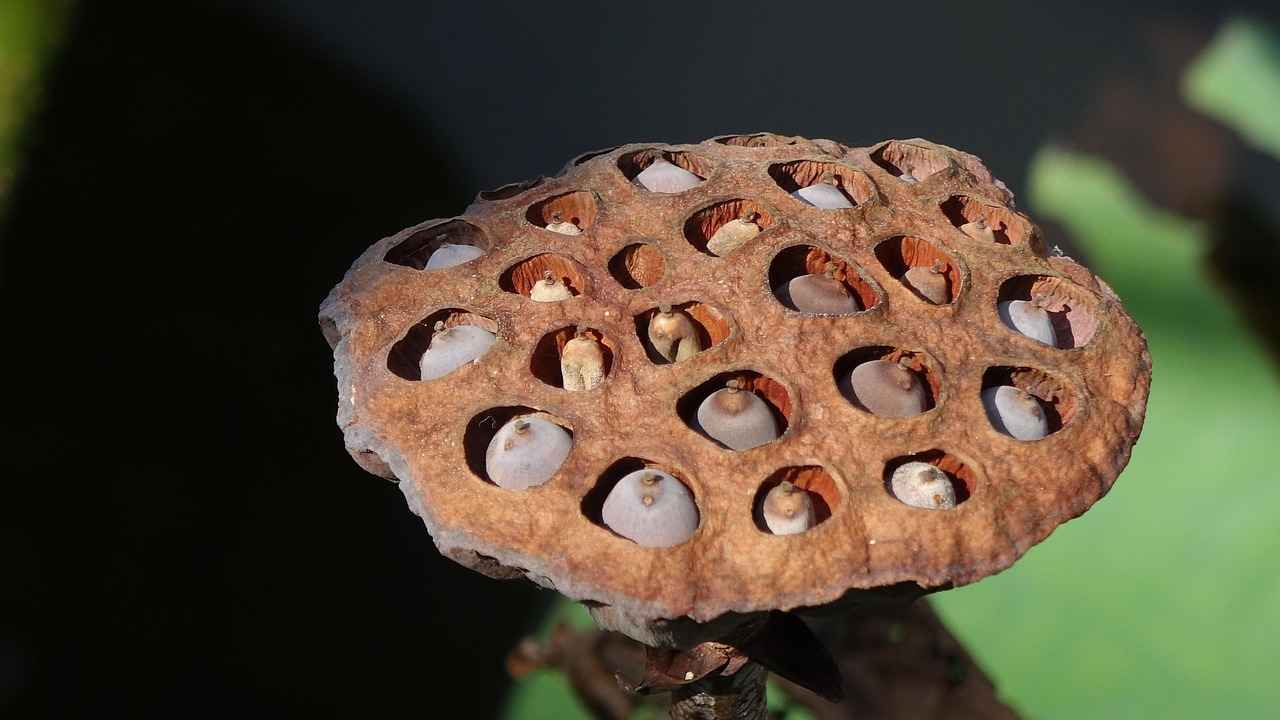
What Are the Best Ways to Store Chia Seeds?
Chia seeds are a powerhouse of nutrition, but their health benefits can diminish if they are not stored properly. Proper storage of chia seeds is essential to maintain their freshness and nutritional value. Here are the best practices for storing chia seeds to ensure they last longer and remain beneficial for your health.
- Choose the Right Container: Store chia seeds in an airtight container to protect them from moisture and air exposure. Glass jars or high-quality plastic containers with tight-fitting lids are excellent choices.
- Keep Them Cool: Chia seeds should be stored in a cool, dark place. A pantry or cupboard away from direct sunlight is ideal. Avoid storing them near the stove or oven where heat can affect their quality.
- Refrigeration: For extended shelf life, consider refrigerating chia seeds. This can help preserve their omega-3 fatty acids, which are sensitive to heat and light. Just ensure they are in an airtight container to avoid moisture absorption.
- Check Expiration Dates: Always check the expiration date on the packaging when purchasing chia seeds. Consuming seeds past their expiration can lead to a loss of flavor and nutritional benefits.
- Avoid Bulk Bins: While buying in bulk can be economical, it’s best to avoid bulk bins for chia seeds. These seeds can be exposed to air and moisture, which can lead to spoilage. Opt for sealed packages instead.
Additionally, if you have opened a package of chia seeds, try to use them within six months for optimal freshness. After this period, their nutritional content may begin to degrade.
In conclusion, following these storage tips can significantly enhance the longevity of your chia seeds. By keeping them in a cool, dark place in an airtight container, you can ensure that they maintain their nutritional integrity and remain a valuable addition to your diet.
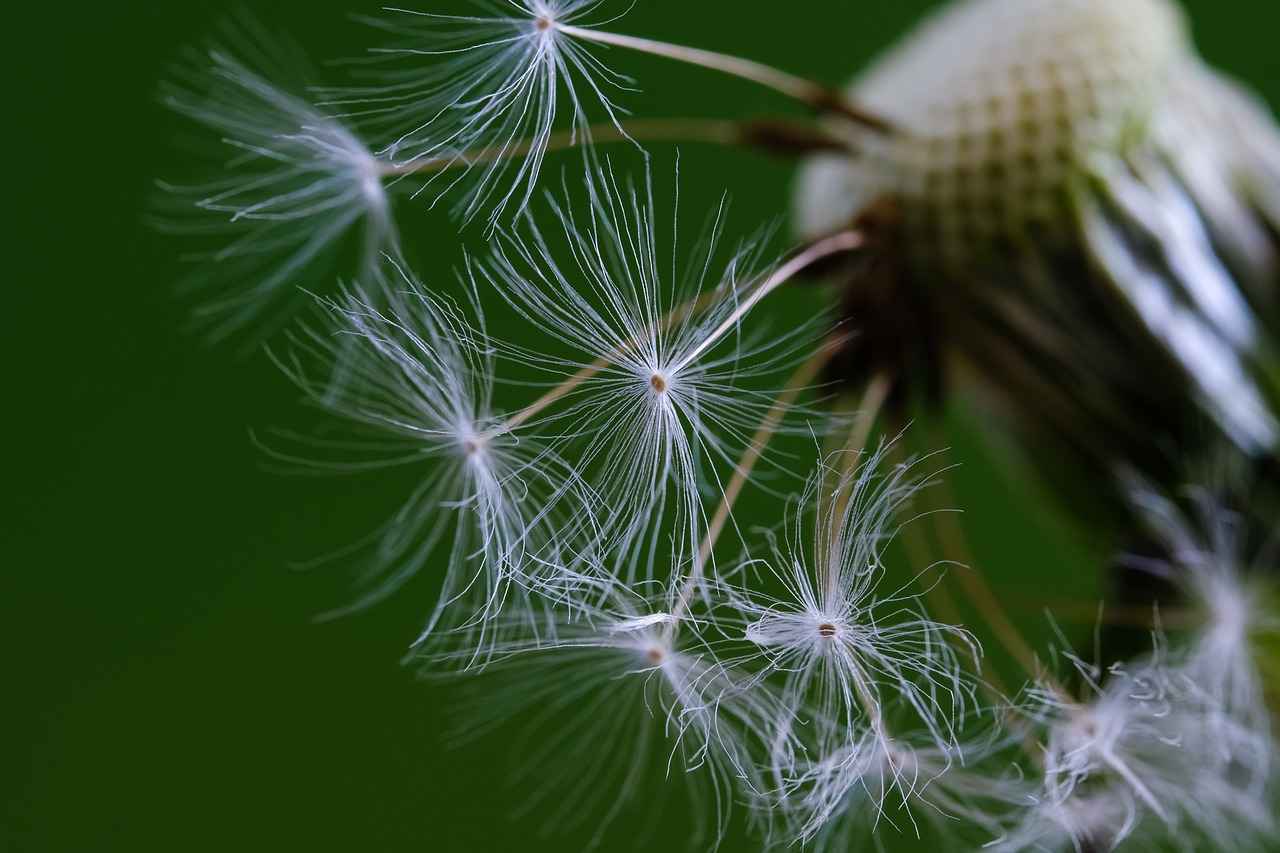
Are There Any Precautions When Using Chia Seeds?
Chia seeds have gained popularity in recent years due to their impressive nutritional profile and versatility in cooking. However, it is essential to be aware of certain precautions when incorporating them into your diet. While they are generally considered safe for most people, understanding potential side effects and the best practices for consumption can help maximize their health benefits.
- Hydration is Key: Chia seeds can absorb up to 12 times their weight in water, which can lead to digestive issues if consumed dry. It is crucial to soak chia seeds in water or another liquid before consumption. This not only helps avoid gastrointestinal discomfort but also enhances their nutrient absorption.
- Moderation Matters: Though chia seeds are nutrient-dense, eating them in excessive amounts can lead to digestive problems, including bloating and gas. A typical serving size is about 1-2 tablespoons per day. Start with a smaller amount and gradually increase to assess your body’s response.
- Allergic Reactions: While rare, some individuals may experience allergic reactions to chia seeds. Symptoms can include skin rashes, itching, or gastrointestinal distress. If you have a history of food allergies, consult with a healthcare provider before adding chia seeds to your diet.
- Medication Interactions: Chia seeds may interact with certain medications, particularly those affecting blood sugar levels and blood pressure. If you are on medication, it is advisable to discuss with your doctor or a nutritionist before incorporating chia seeds into your meals.
- Choking Hazard: For individuals with swallowing difficulties, dry chia seeds pose a choking risk. Always ensure they are soaked or incorporated into recipes where they can expand safely.
When consumed responsibly, chia seeds can offer numerous health benefits, including improved digestion, enhanced heart health, and increased energy levels. Here are a few tips to ensure you enjoy chia seeds safely:
1. Always soak chia seeds before consumption.2. Start with small amounts to gauge your body's response.3. Consult a healthcare professional if you have allergies or are on medication.4. Incorporate them into recipes that provide moisture.
In conclusion, while chia seeds can be a fantastic addition to your diet, it is vital to be aware of these precautions. By following the guidelines above, you can enjoy the many benefits of chia seeds while minimizing any potential risks. Always listen to your body and consult with professionals when in doubt.
Frequently Asked Questions
- What are chia seeds?
Chia seeds are tiny, nutrient-rich seeds from the Salvia hispanica plant. They are packed with omega-3 fatty acids, fiber, protein, and various essential minerals, making them a fantastic addition to your diet.
- How do I prepare chia seeds for cooking?
To prepare chia seeds, simply soak them in water or your favorite liquid for about 15-30 minutes. This allows them to absorb the liquid and expand, creating a gel-like consistency that enhances their texture in recipes.
- Can I use chia seeds in baking?
Absolutely! Chia seeds can be used in baking as a substitute for eggs or to add moisture and nutrition to your treats. Just mix them with water to create a chia egg or sprinkle them into your batter for added crunch.
- How should I store chia seeds?
To keep chia seeds fresh, store them in an airtight container in a cool, dry place, away from direct sunlight. They can also be refrigerated to extend their shelf life.
- Are there any side effects of consuming chia seeds?
While chia seeds are safe for most people, consuming them in excessive amounts can lead to digestive issues, such as bloating or gas. It’s best to start with a small serving and gradually increase your intake.
